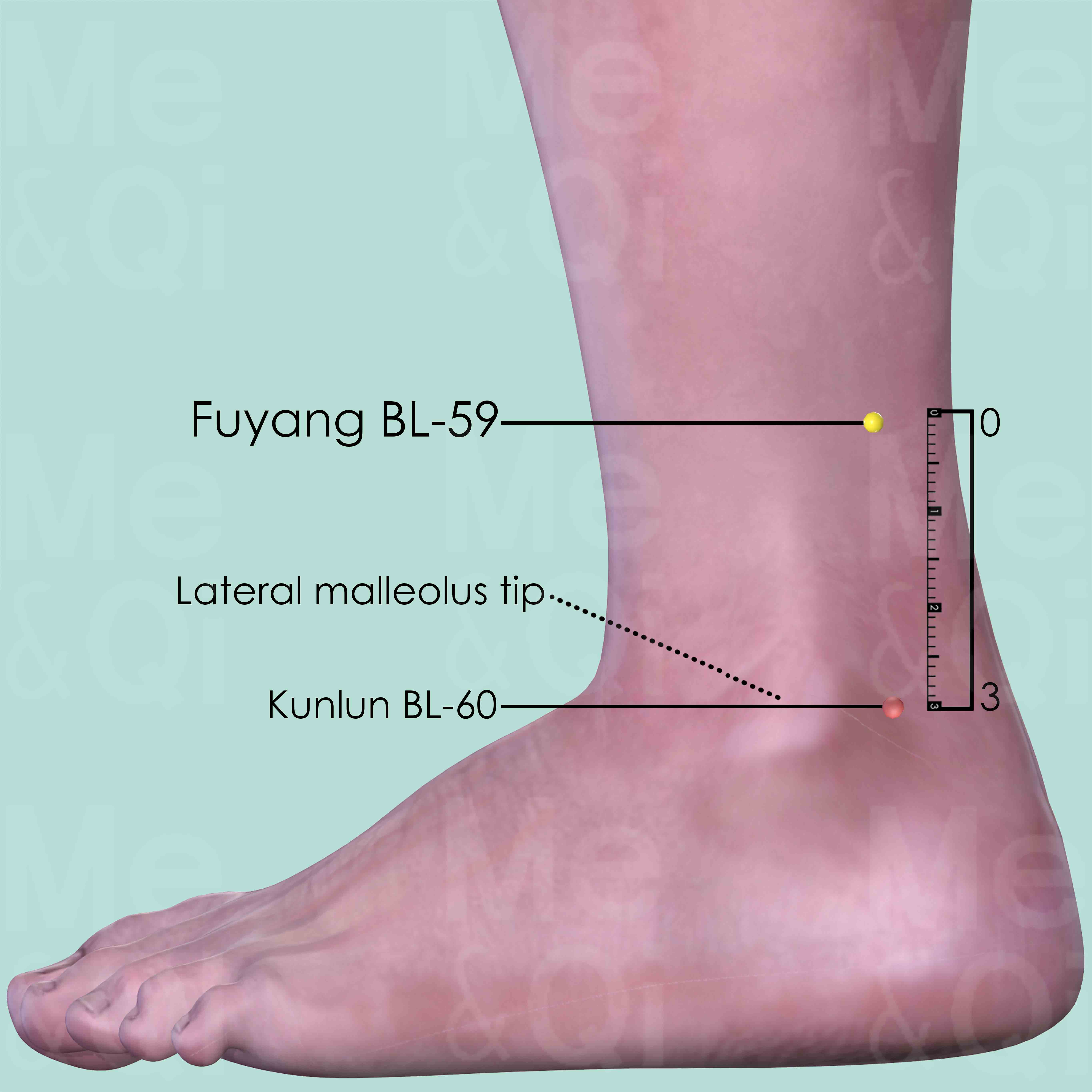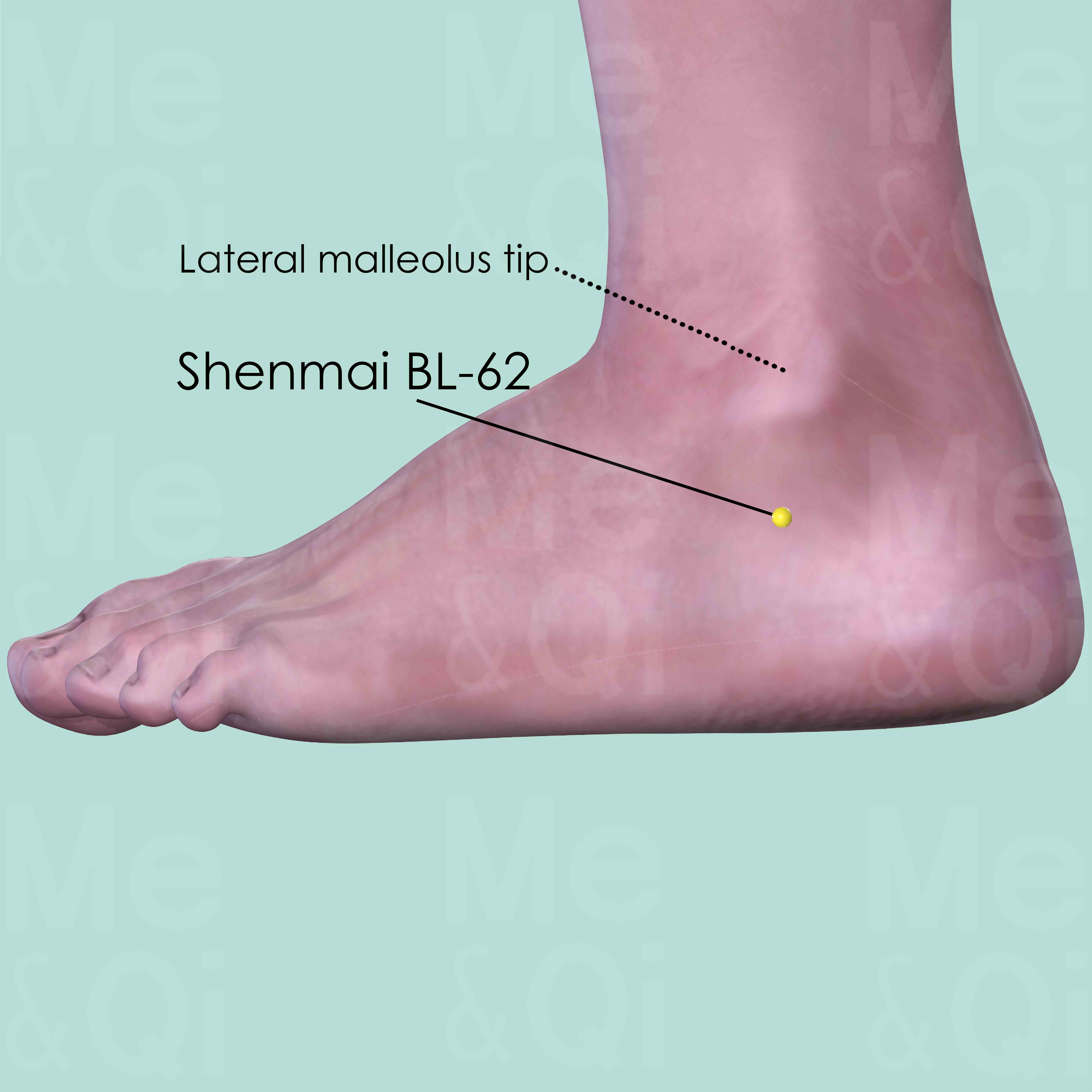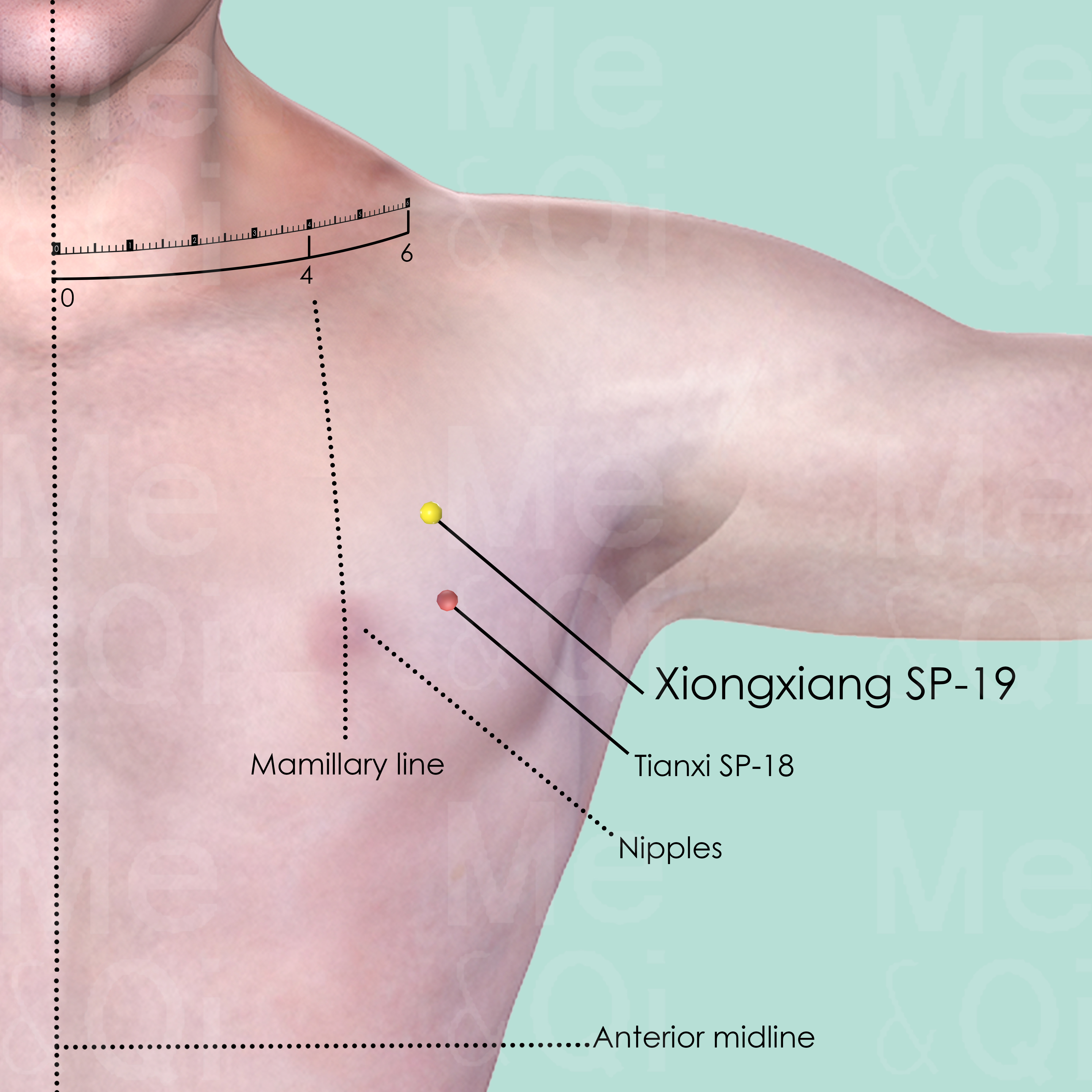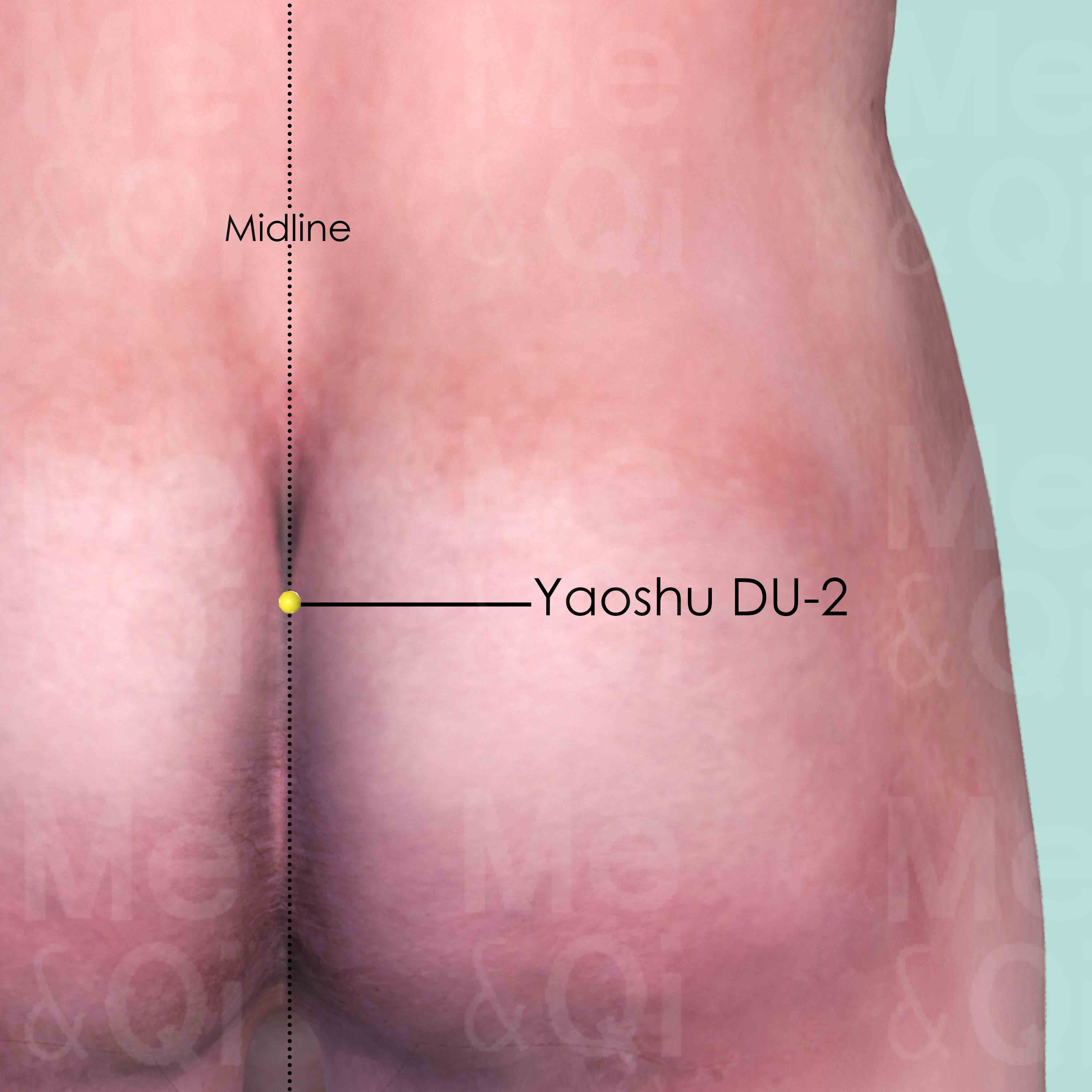Back Stiffnessaccording to TCM
Symptom family: Back and Neck Stiffness and Discomfort
Sub-symptom(s): Lower Back Stiffness Stiff Upper Back Stiff Back Due To Hemiplegia
Did you mean? Spine Stiffness
What is Back Stiffness?
Back stiffness refers to a condition characterized by reduced flexibility and rigidity in the back, affecting either the upper or lower regions or the entire backbone. It is often accompanied by discomfort and can range from mild to severe, impacting mobility and daily activities.
Commonly experienced as a feeling of tightness or difficulty in bending and twisting, back stiffness can be a symptom of various underlying causes, both physical and pathological.
How does TCM view Back Stiffness?
Traditional Chinese Medicine (TCM) approaches back stiffness through the lens of energy flow and balance within the body. TCM practitioners believe that stiffness, especially in the back, arises from imbalances in the body's vital energy, Qi, and Blood circulation. It is often attributed to Stagnation or Deficiencies in these energies, influenced by external factors like climate, lifestyle, and emotional state.
TCM aims to restore harmony and balance, addressing the root cause of stiffness rather than just treating the symptoms.
Root Causes of Back Stiffness in TCM
In TCM, back stiffness is often linked to specific patterns of disharmony. One notable cause is Liver Yang Rising, a condition where excessive Yang energy in the liver manifests as stiffness, particularly in the upper back, along with symptoms like headaches and dizziness.
Another common TCM pattern associated with back stiffness is Qi and Blood Stagnation, where the flow of energy and blood through the back is impeded, leading to tightness and discomfort. These patterns are addressed through a combination of herbal medicine, acupuncture, and lifestyle modifications to restore balance and alleviate stiffness.
Explore below more details about what might cause Back stiffness according to TCM.
- By Syndrome
- By Organ
- Yang Excess
- Liver
Yang Excess
Yang Excess in TCM refers to a state where there is an overabundance of Yang energy, leading to symptoms of heat and hyperactivity in the body. This pattern of disharmony often arises from factors like stress, excessive physical activity, overconsumption of spicy or heating foods, or an internal imbalance that causes Yang to flare up. Symptoms of Yang Excess include a feeling of heat, red face, irritability, restlessness, thirst, constipation, and a rapid, forceful pulse. Treatment in TCM for Yang Excess aims to cool down and subdue the excessive Yang while nurturing Yin energy to restore balance.... see more
Yang Excess Patterns That Can Lead to Back Stiffness
| Pattern Name | Relevant Symptoms | Relevant Formulas |
|---|---|---|
| Liver Yang Rising | Stiff upper back, Headaches, Dizziness, Tinnitus, Deafness, Blurry vision, Dry mouth, Dry throat, Insomnia, Irritability, Exhaustion, Anger, Stiff neck, Shoulder stiffness... see more | Liu Wei Di Huang Wan | Qi Ju Di Huang Wan | Tian Ma Gou Teng Yin | Ling Jiao Gou Teng Tang | Da Chai Hu Tang | Zhen Zhu Mu Wan | Zhen Xin An Shen Tang |
Liver
In TCM the Liver is viewed as the organ responsible for the smooth flow of Qi, Blood, and emotions throughout the body. It plays a key role in regulating mood, storing blood, supporting digestion, and ensuring the health of tendons and eyes. When the Liver malfunctions or is imbalanced in TCM, it can lead to a range of issues such as irritability, mood swings, menstrual irregularities, eye problems, and muscular stiffness or pain. A malfunctioning Liver in TCM reflects not only physical disturbances but also emotional and mental disharmony, emphasizing the holistic approach of TCM in addressing health and wellness.... see more
Liver Patterns That Can Lead to Back Stiffness
| Pattern Name | Relevant Symptoms | Relevant Formulas |
|---|---|---|
| Liver Yang Rising | Stiff upper back, Headaches, Dizziness, Tinnitus, Deafness, Blurry vision, Dry mouth, Dry throat, Insomnia, Irritability, Exhaustion, Anger, Stiff neck, Shoulder stiffness... see more | Liu Wei Di Huang Wan | Qi Ju Di Huang Wan | Tian Ma Gou Teng Yin | Ling Jiao Gou Teng Tang | Da Chai Hu Tang | Zhen Zhu Mu Wan | Zhen Xin An Shen Tang |
TCM Herbal Formulas for Back Stiffness
TCM offers a variety of herbal formulas to treat back stiffness. For example, in cases of Liver Yang Rising, formulas like Liu Wei Di Huang Wan are used to nourish Yin and subdue excess Yang, thereby relieving stiffness.
In situations where Qi and Blood Stagnation is the underlying cause, herbs that promote circulation, such as Turmeric Root or Salvia Root, might be prescribed. These formulas are tailored to the individual's specific TCM diagnosis, ensuring a holistic approach to treatment.
Explore below some TCM herbal formulas used to address back stiffness, organized by cause and by formula type.
- By Cause
- By Formula Type
- Yang Excess
- Formulas that nourish yin and tonify
- Formulas that pacify and extinguish internal wind
- Formulas that release the exterior and purge the interior
- Formulas that sedate and calm the mind
- Formulas that nourish the heart and calm the mind
Top Formula for Yang Excess:
Liu Wei Di Huang Wan
Suitable for Yang Excess patterns that may cause back stiffness, such as Liver Yang Rising
Learn moreAll Formulas Recommended for Back Stiffness Caused by Yang Excess
| Formula | Patterns Suitable For |
|---|---|
| Liu Wei Di Huang Wan | Liver Yang Rising |
| Qi Ju Di Huang Wan | Liver Yang Rising |
| Tian Ma Gou Teng Yin | Liver Yang Rising |
| Ling Jiao Gou Teng Tang | Liver Yang Rising |
| Da Chai Hu Tang | Liver Yang Rising |
| Zhen Zhu Mu Wan | Liver Yang Rising |
| Zhen Xin An Shen Tang | Liver Yang Rising |
Formulas that nourish Yin and tonify
These formulas are suitable for some back stiffness-causing patterns like Liver Yang Rising.
One such formula is Liu Wei Di Huang Wan, with prepared rehmannia as a key herb.
Other formulas of this category are listed in the table below.
All "formulas that nourish yin and tonify" recommended for back stiffness
| Formula | Patterns Suitable For (if applicable) |
|---|---|
| Liu Wei Di Huang Wan | Liver Yang Rising |
| Qi Ju Di Huang Wan | Liver Yang Rising |
Formulas that pacify and extinguish Internal Wind
These formulas are suitable for some back stiffness-causing patterns like Liver Yang Rising.
One such formula is Tian Ma Gou Teng Yin, with gastrodia rhizome as a key herb.
Other formulas of this category are listed in the table below.
All "formulas that pacify and extinguish internal wind" recommended for back stiffness
| Formula | Patterns Suitable For (if applicable) |
|---|---|
| Tian Ma Gou Teng Yin | Liver Yang Rising |
| Ling Jiao Gou Teng Tang | Liver Yang Rising |
Formulas that release the Exterior and purge the Interior
These formulas are suitable for some back stiffness-causing patterns like Liver Yang Rising.
One such formula is Da Chai Hu Tang, with bupleurum root as a key herb.
Formulas that sedate and calm the Mind
These formulas are suitable for some back stiffness-causing patterns like Liver Yang Rising.
One such formula is Zhen Zhu Mu Wan, with mother of pearl as a key herb.
Formulas that nourish the Heart and calm the Mind
These formulas are suitable for some back stiffness-causing patterns like Liver Yang Rising.
One such formula is Zhen Xin An Shen Tang
Acupoints for Back Stiffness
Acupuncture is another crucial component of TCM treatment for back stiffness. Points like Shenmai BL-62 and Chengshan BL-57 on the Bladder Channel are often used to remove obstructions from the channel and relax the sinews, thus alleviating stiffness.
Dachangshu BL-25 is specifically targeted for strengthening the lower back and legs, while Fuyang BL-59 benefits the back and eases pain. These acupoints, when stimulated correctly, can significantly aid in reducing back stiffness and improving overall back health.
Explore below some acupoints used to address back stiffness, organized by meridian.
- By Meridian
- Bladder Channel
- Spleen Channel
- Governing Vessel
- Small Intestine Channel
- Triple Burner Channel
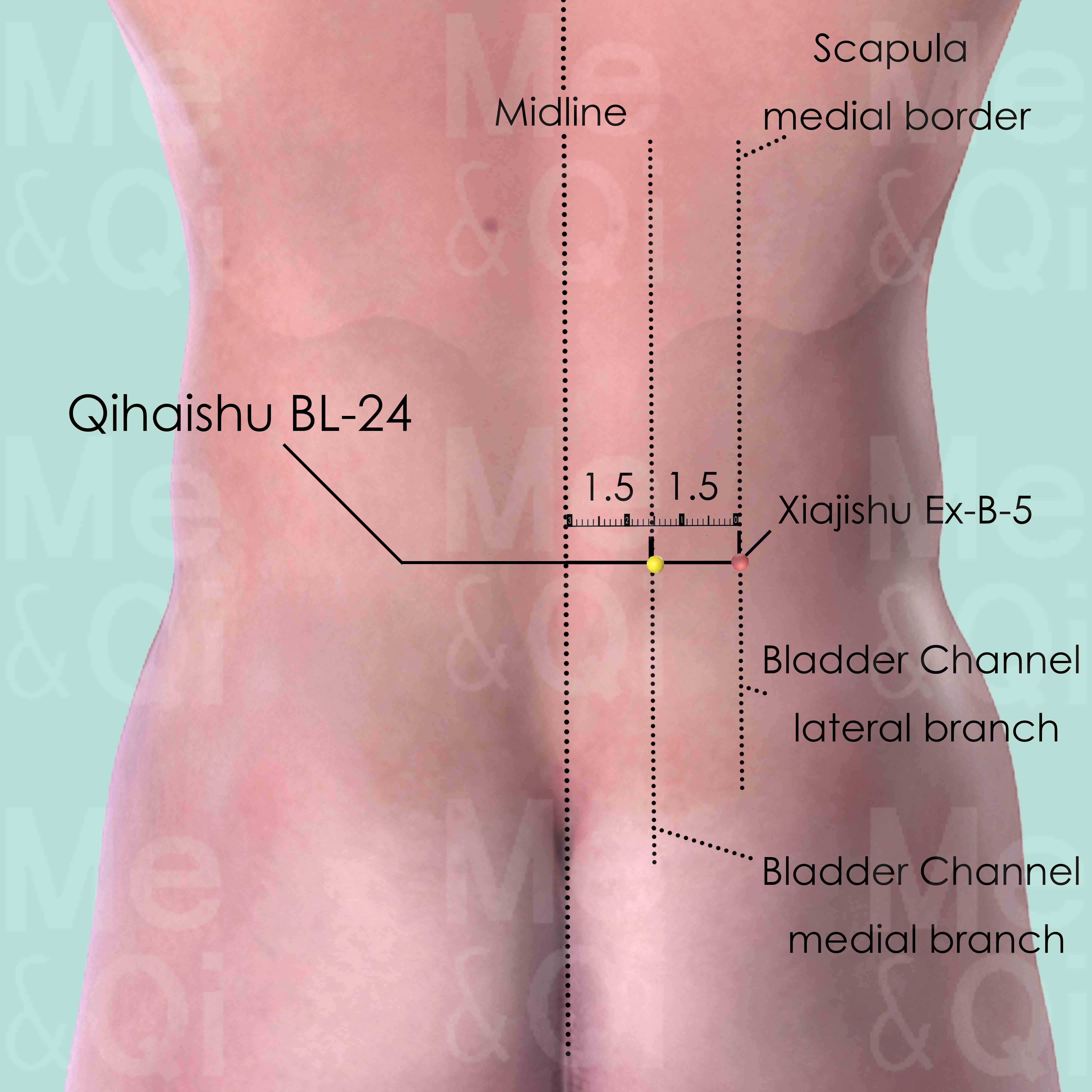
Qihaishu BL-24
1.5 cun lateral to the lower border of the spinous process of the 3rd lumber vertebra (L3).
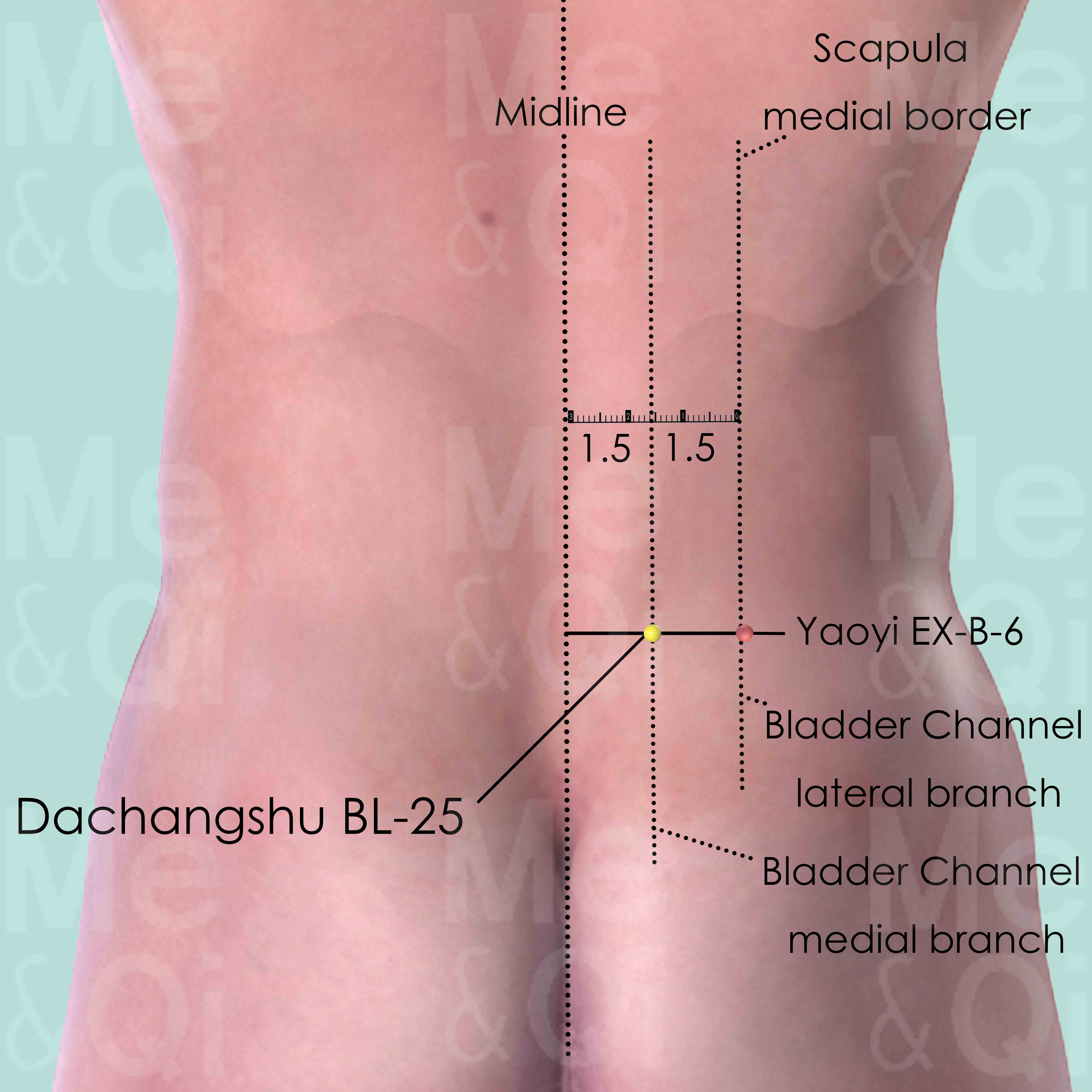
Dachangshu BL-25
1.5 cun lateral to the lower border of the spinous process of the 4th lumber vertebra (L4).
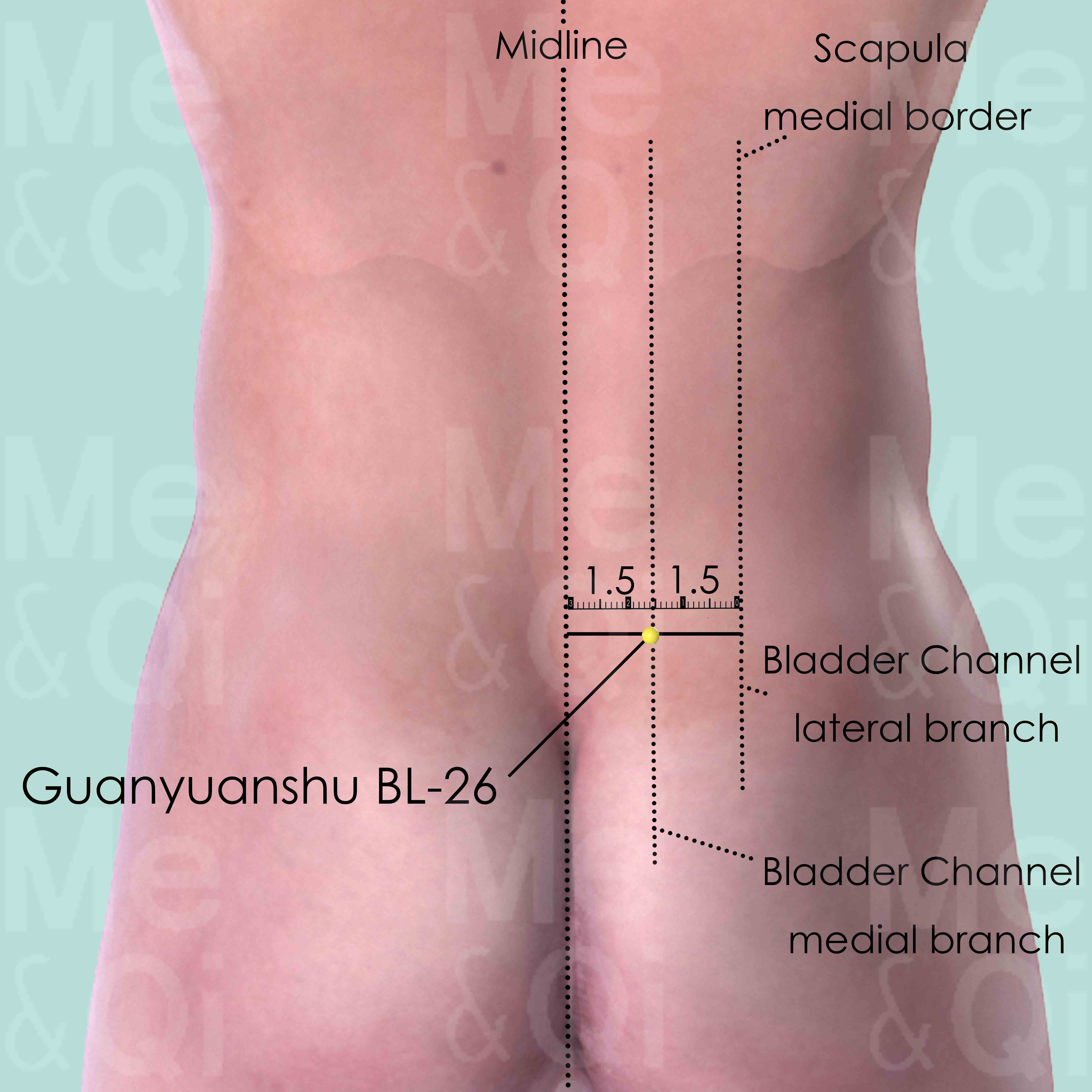
Guanyuanshu BL-26
1.5 cun lateral to the lower border of the spinous process of the 5th lumber vertebra (L5).
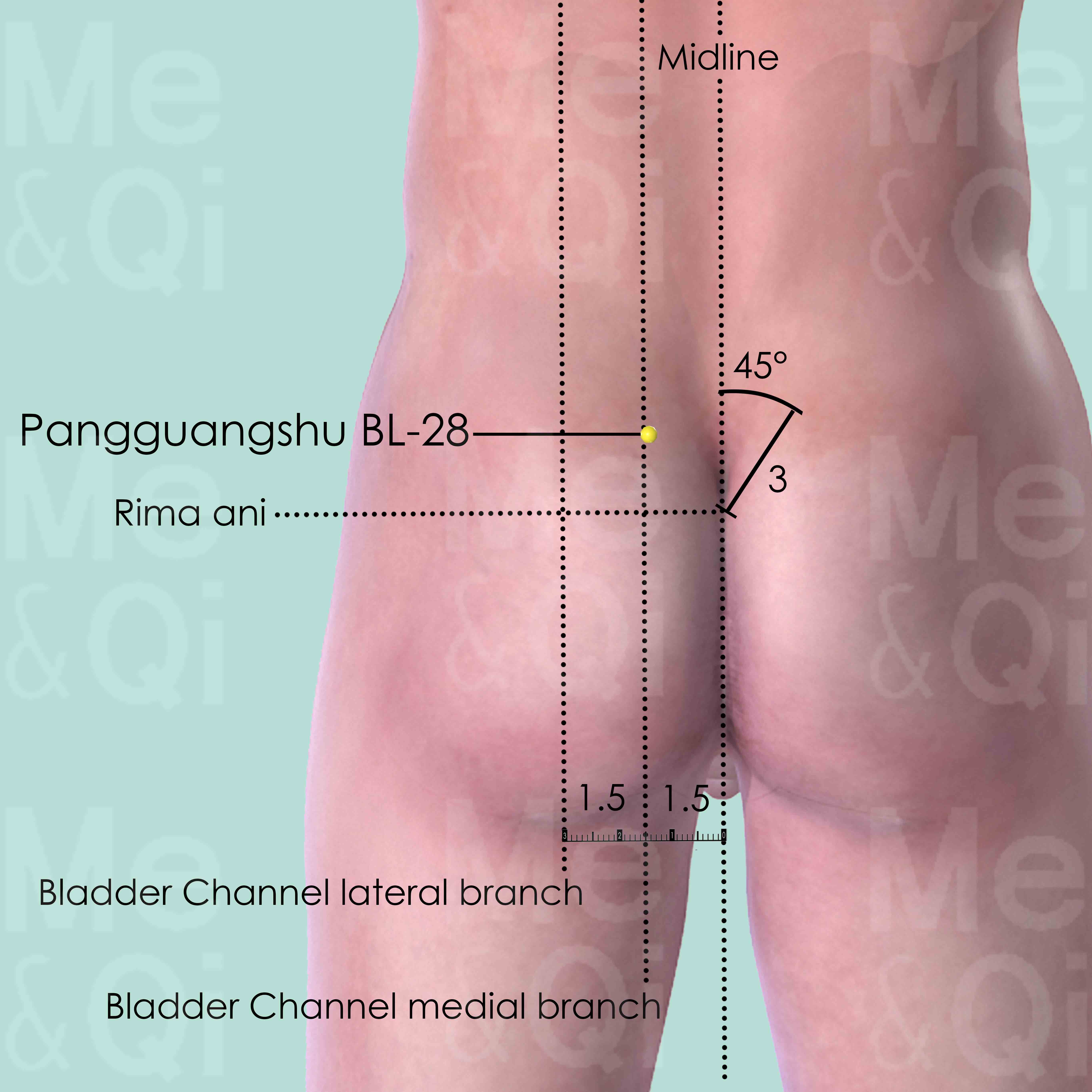
Pangguangshu BL-28
At the level of the 2nd posterior sacral foramen, 1.5 cun lateral to the posterior midline, in the depression between the medial border of the posterior superior iliac spine (PSIS) and the sacrum.
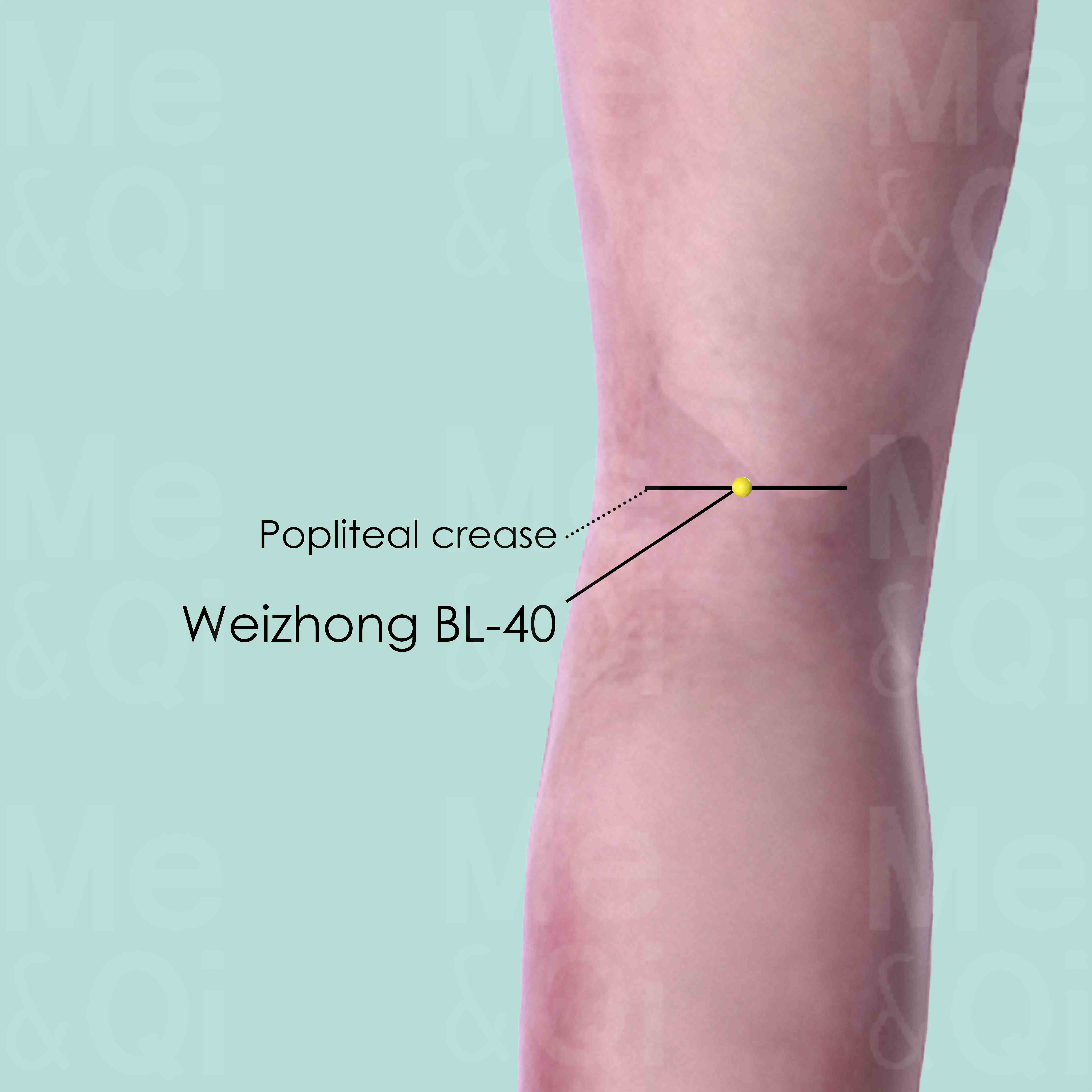
Weizhong BL-40
At the midpoint of the popliteal crease, between the tendons of biceps femoris and semitendinosus muscle.
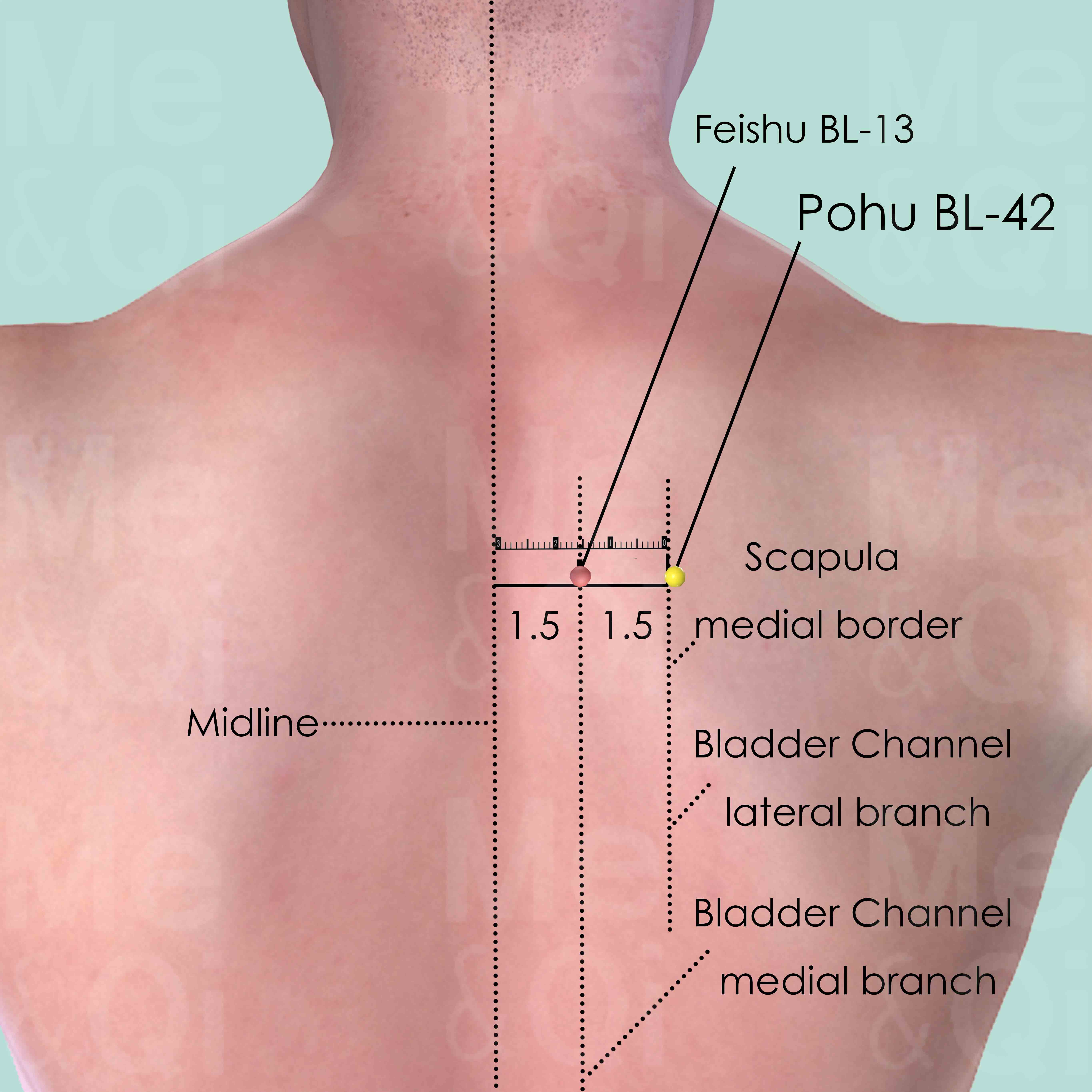
Pohu BL-42
3 cun (about 4 finger-breadths) lateral to the lower border of the spinous process of the 3rd thoracic vertebra (T3).
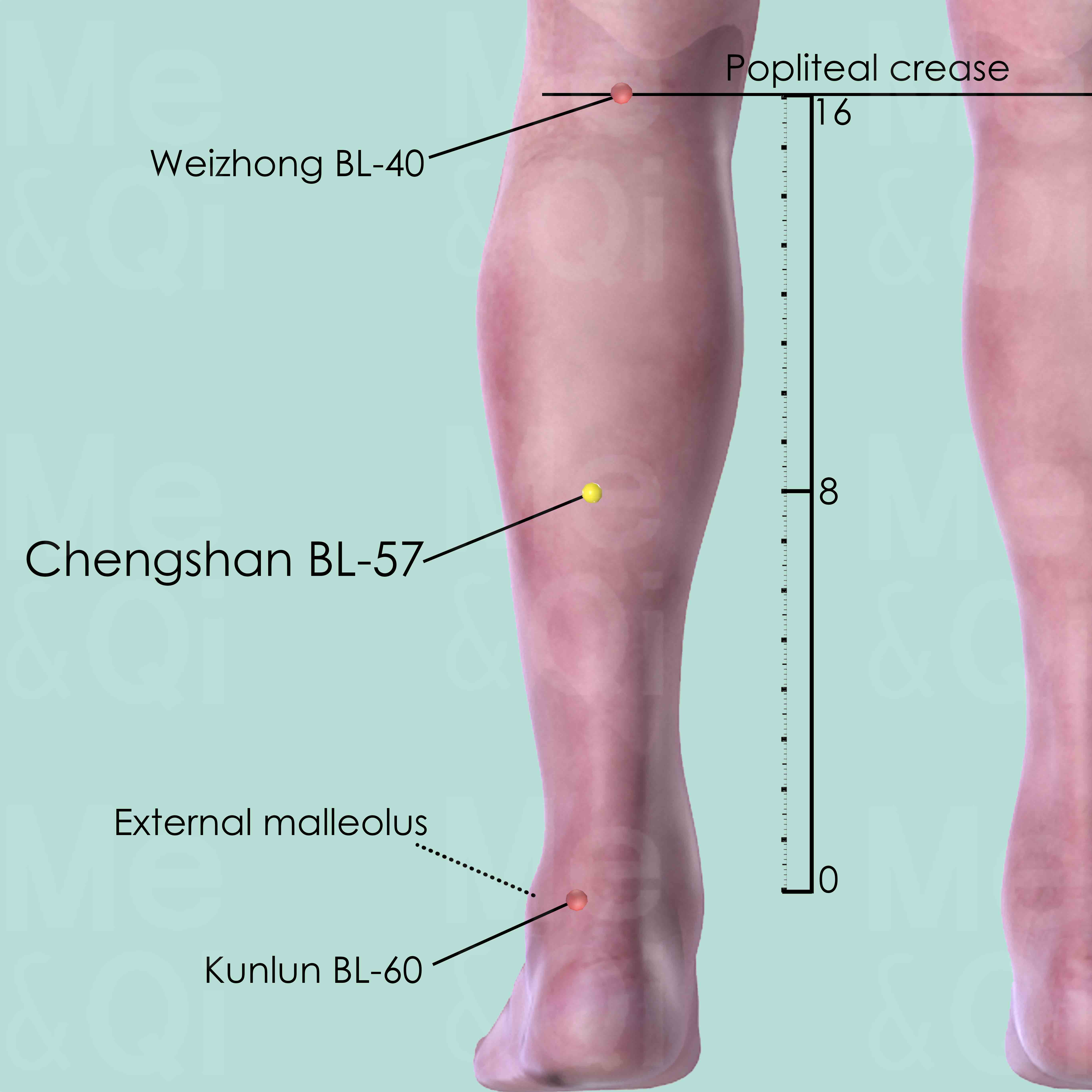
Chengshan BL-57
Directly below the belly of the gastrocnemius muscle and between the two heads of the muscle, on the line connecting Weizhong BL-40 and Kunlun BL-60, about 8 cun below Weizhong BL-40.
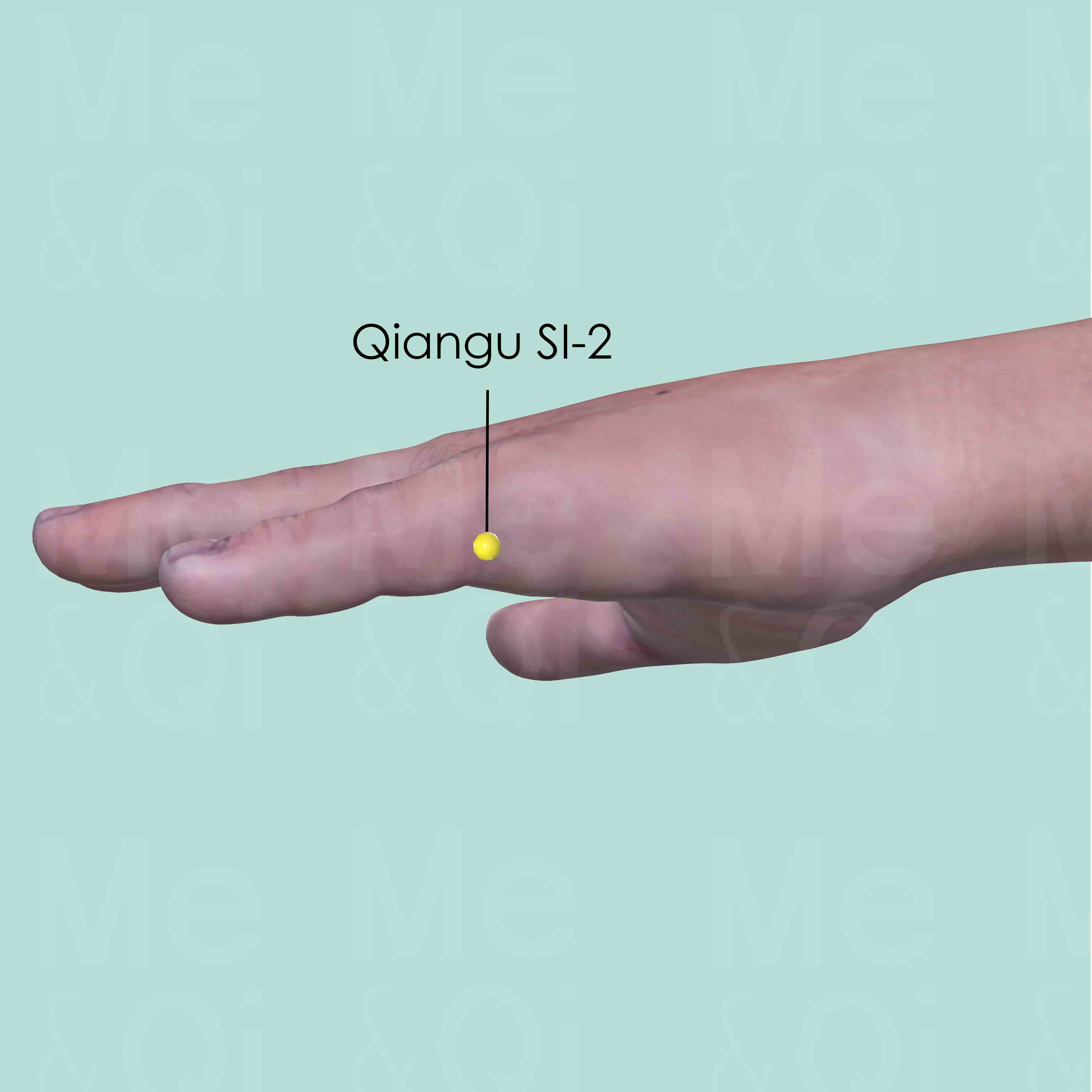
Qiangu SI-2
On the ulnar aspect of the little finger, distal to the metacarpophalangeal joint, at the junction of the shaft and the base of the proximal phalanx.
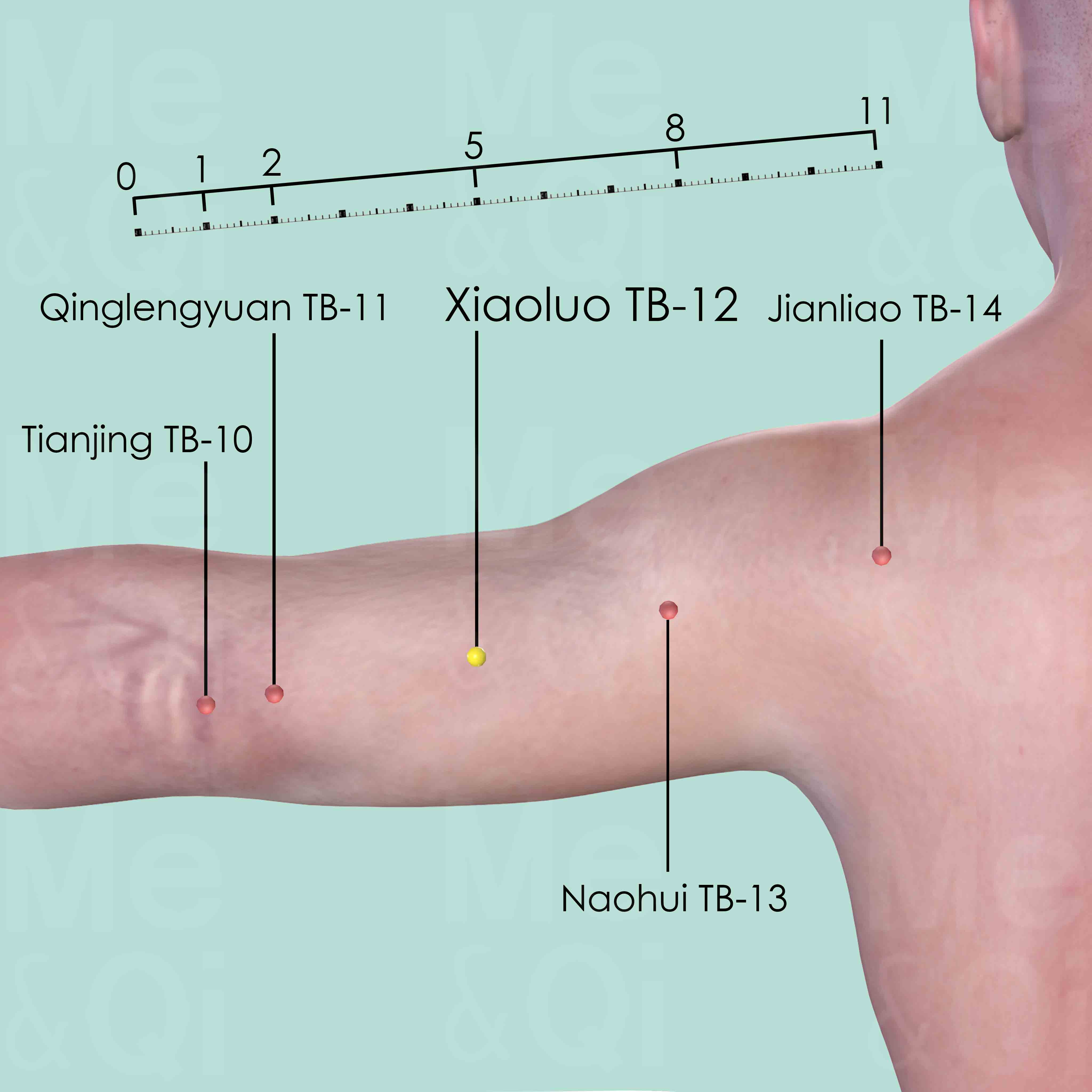
Xiaoluo TB-12
On the line joining the olecranon and Jianliao TB-14, midway between Qinglengyuan TB-11 and Naohui TB-13, 5 cun proximal to the olecranon. It is just on the lower end of bulge of the lateral head of triceps brachii when the forearm is in pronation.

